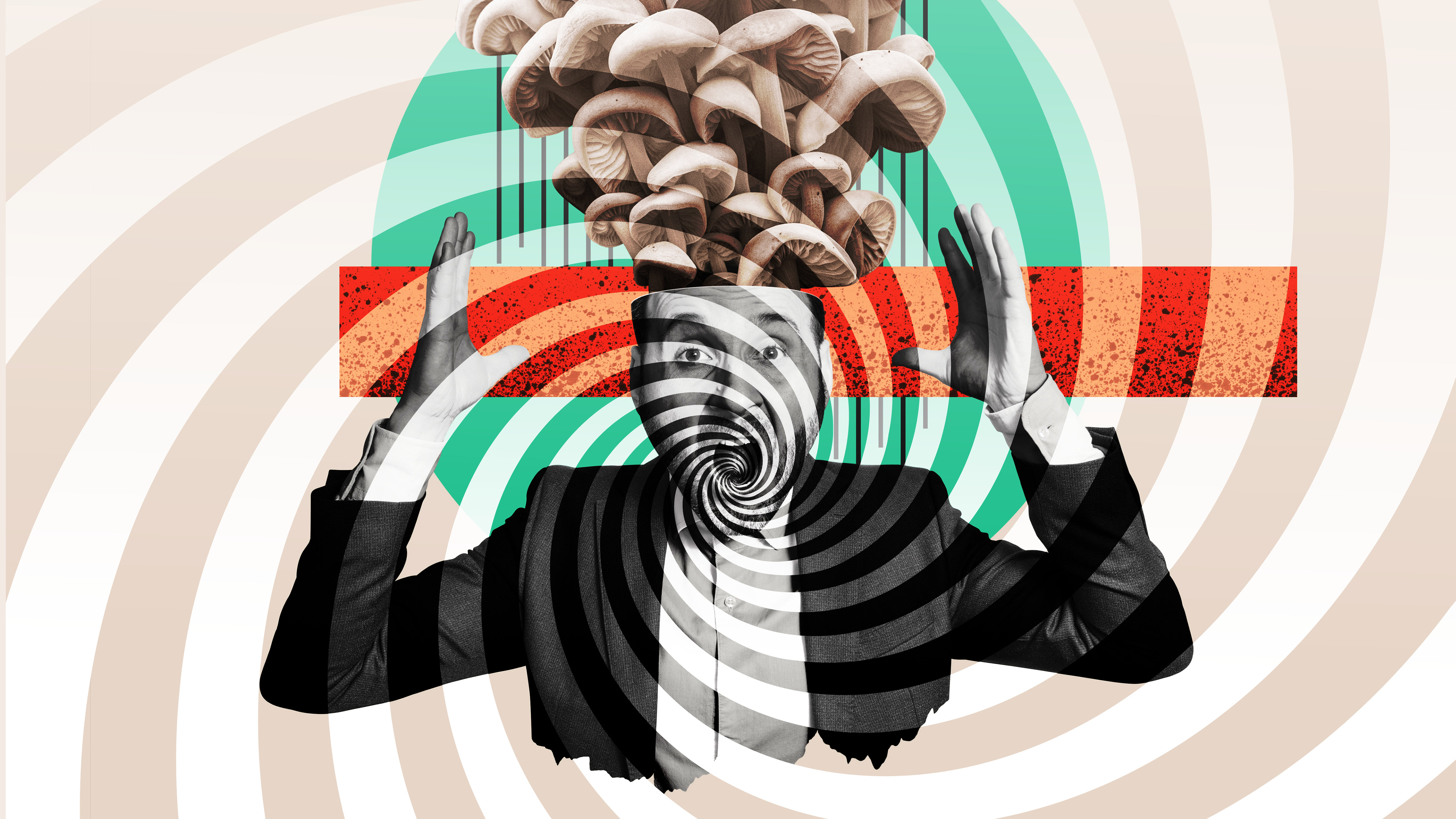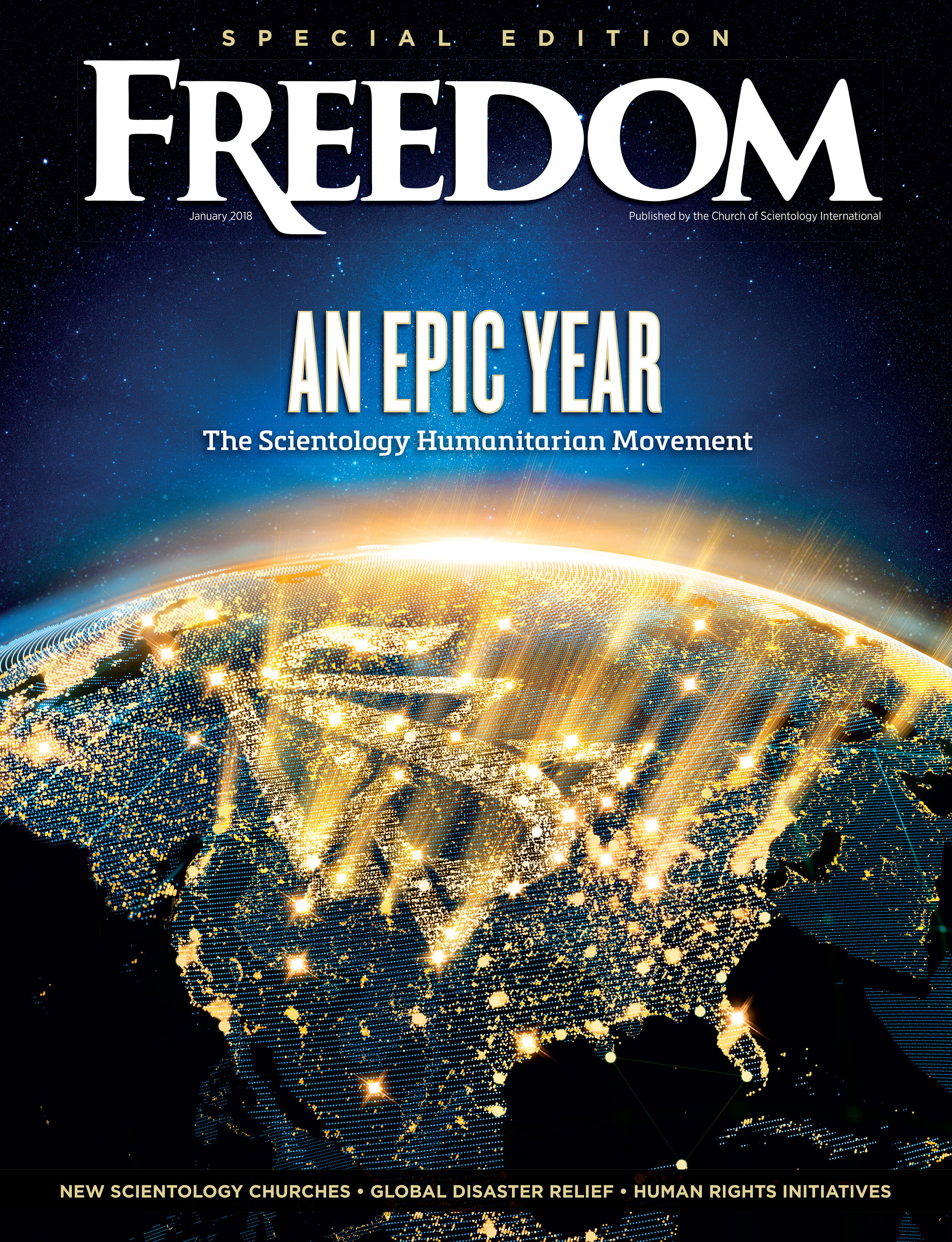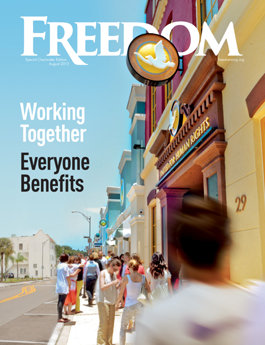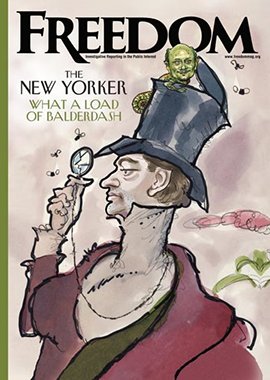The ADHD drugs already have a long list of warnings regarding their dangerous side effects, putting them in the same class as cocaine for their addictiveness, which makes the news of their vastly increased usage by women that much more troubling.

A total of 40 studies conducted by 16 countries show ADHD drugs cause such harmful side effects as cardiovascular disorders, blood pressure changes, stunted growth, lowered bone mass, cognitive impairment, hallucination, nervous system disorders, mania, stroke, suicide and violence. These facts are of course not stressed by the pharmaceutical companies that manufacture ADHD drugs, and the sad result of that lies in the new CDC revelations.
Women in the 25–29 age group filled 700 percent more prescriptions in 2015 than they did in 2003. Most ADHD medications are stimulant based, consisting of amphetamines like Adderall, Ritalin, Vyvanse and Concerta. The CDC highlighted the need for special attention to the results of these drugs because it remains unclear how they could affect a fetus if these women became pregnant.
In fact, many clinical trials of ADHD drugs exclude pregnant women because they are feared to be high-risk subjects in such studies. And a small study in pregnant women published just last December found a link between methylphenidates—the classification of the drugs Ritalin and Concerta—and heart defects. Scientists also have observed “adverse effects on the fetus” of ADHD drugs in animal studies.
“Half of all the pregnancies in the United States are unplanned, and women may be taking prescription medicine early in pregnancy before they know they are pregnant,” said Dr. Coleen Boyle, director of the CDC’s National Center on Birth Defects and Developmental Disabilities.
The women in the CDC study were all of childbearing age. By 2015, four percent of American women between ages 15 and 44 filled a prescription for some form of ADHD medication—an increase of 344 percent since 2003 when only 0.9 percent of women took similar drugs. And women in the 30 to 34 age group increased the use of ADHD prescriptions by 560 percent.
These ADHD drugs often are misused by individuals who do not suffer from ADHD but simply seek the stimulant effects or “high”—regardless of the threatening side effects. Many of these users are young adult women, also of childbearing age, and no doubt are among a portion of the report’s results.
Anthony L. Rostain, medical director of the University of Pennsylvania Adult ADHD Treatment and Research Program, believes the CDC study will lead to more discussions between women and their health care providers about taking these medications during pregnancy. He notes a recent report from the International Pregnancy Safety Study Consortium found an increase in the risk of congenital cardiac malformations with ADHD-prescribed stimulants.






















